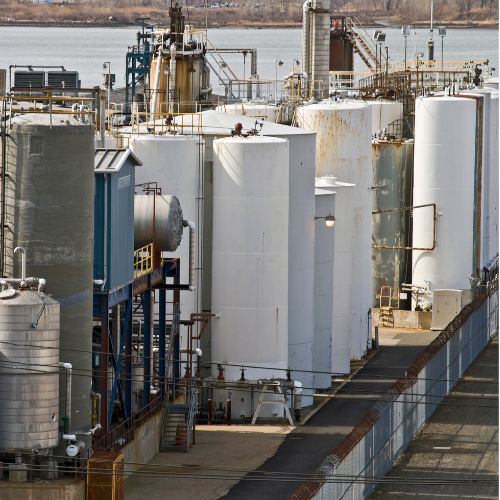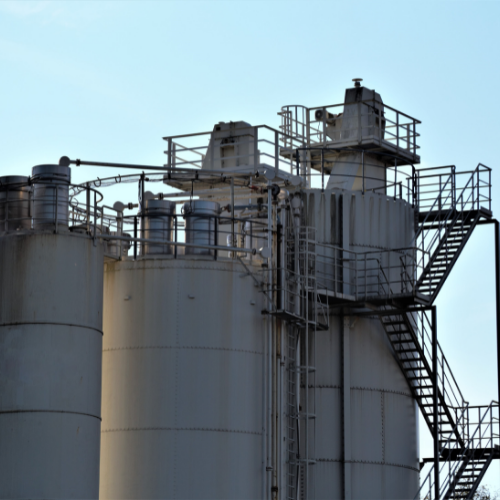
In many sectors, the use of materials that can withstand extreme cold is required. It does not refer exclusively to applications in the polar regions, which easily reach -40 ° C. Far lower temperatures are in fact commonly reached by equipment and plants in sectors such as petrochemicals, refrigeration, and industry.
In the field of cryogenics, the most extreme temperatures can be reached, ranging from -196 ° C to -269 ° C.

Therefore, when designing equipment / systems / plants for all those applications involving very low temperatures, it is particularly important to consider the effects these temperatures will have on the metals used.
Some metallic materials, ductile at room temperature, abruptly lose their ductility (the ability to undergo plastic deformation before failure) when the temperature drops below a certain threshold value, also known as the ductile-brittle transition temperature.
Common structural steels, ferritic and martensitic stainless steels, but also iron, chromium and tungsten, become brittle already at temperatures relatively slightly below freezing.
Metals such as copper, silver, gold, aluminum and nickel, on the other hand, maintain their ductility even at very low temperatures. To these elements are added the austenitic steels.

The different behavior of these materials at low temperatures depends on various factors, including the crystalline structure, the size of the grains, the propensity to absorb contaminating elements present in the atmosphere, the presence of slag, the heat treatments and the processes that the material has immediately.
Also in the fall protection sector, particular applications may require the need to operate in extreme cold conditions. For these cases, the choice of materials that make up the products and components of the fall arrest system is of fundamental importance in order to predict their behavior at low temperatures and to ensure their performance and effectiveness.
 Agevolazioni
Agevolazioni  Events
Events